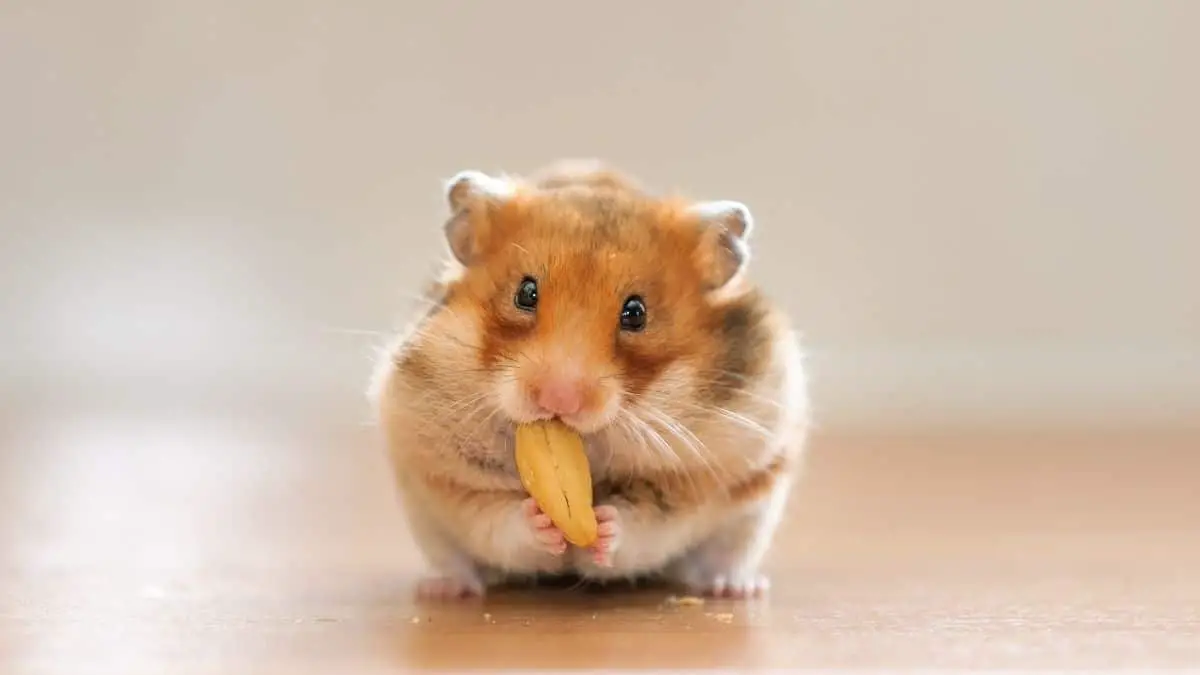What Is the Difference Between Food Chain and Food Web? | + Visual Illustration
Many people get confused about the difference between a food web and a food chain, however, telling them apart is not as hard as you may think.
Put simply, a food chain defines who eats who (for example, lions eat rabbits); a food web defines who eats who plus who competes for their feed (cheetahs and lions eat – and compete for – rabbits). Food chains are a one-direction interconnection. Food webs are illustrates a multidirectional connection between animals within the ecosystem.
Related Articles: Is a Bird a Consumer, a Producer or a Decomposer? and Is Grass a Producer or a Consumer?
In terms of energy (food=source of energy) circulation:
A food web shows how animals of different species are interconnected with each other and how they interact in a food chain while a food chain usually shows the linear movement of energy (food=source of energy) from the producers in lower levels to consumers in the higher levels.
In this article, we’ll take a look at how all of these came to be.
Let’s get down to it!
Defining A Food Chain – Who eats who
As I mentioned earlier, a food chain is a pathway that usually shows the movement of energy from producers such as grass in the lower levels to the consumers (e.g., deer, wolves, and vultures) in the higher levels of the chain.
Put simply, a food chain is about who is eaten by who – grass is eaten by rabbits, and rabbits are eaten by lions. The food chain is one direction (lions don’t feed on grass and rabbits don’t eat lions).
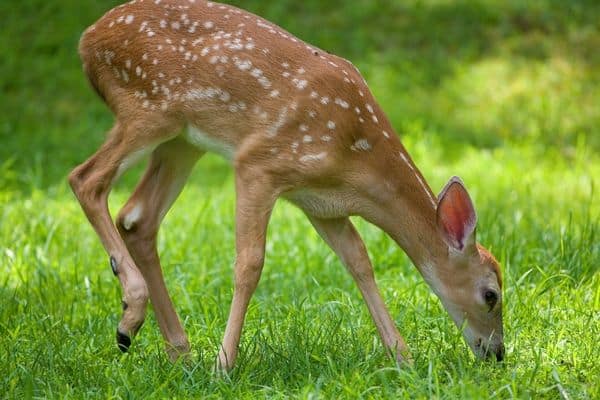
In this kind of system, energy cannot be created nor destroyed but flows in a linear path through different levels of living organisms.
The organisms usually depend on each other for food in the pathways seen in food chains. And these pathways are commonly referred to as trophic levels.
Characteristics of a Food Chain
So, what are the main characteristics that make up a food chain?
Levels of a Food Chain
A food chain is a direct network of connections in a food web presented linearly. This usually begins with organisms on the lower levels being consumed by others from the upper trophic.
There are typically 4 elaborate levels in any given food chain, namely:
- Sun. Is termed the major source of energy that is crucially needed for growth, development, and making food in plants.
- Producers. Represents the first stage of a food chain and is made of green plants.
- Consumers. They are considered the largest part of the food web in an ecosystem. They are those organisms that eat different organisms in a food chain.
- Decomposers. They are organisms that usually get their energy from the waste of dead animals.
Types of Food Chains
There are only 2 types of food chains:
1. Grazing food chain
This type of food chain starts from the green plants then goes through to the grazing herbivores and finally to the carnivores.
In a Grazing Food Chain, the producers primarily depend on photosynthesis to create energy for themselves.
Examples of grazing food chains include:
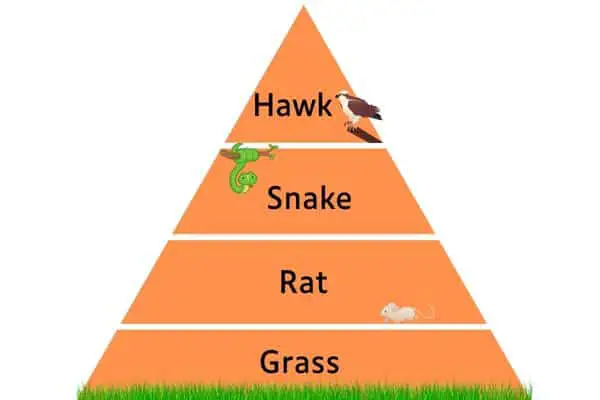
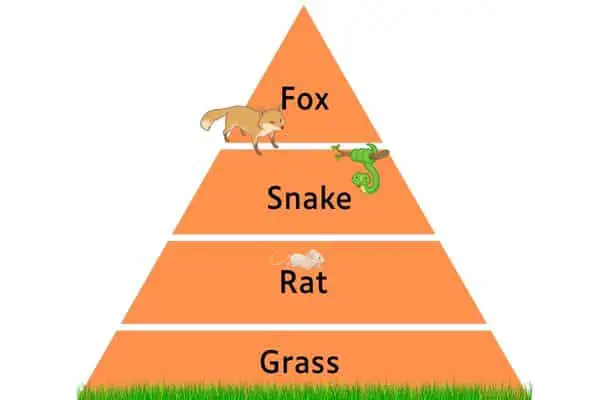
2. Detritus food chain
This type of food chain starts with microorganisms like bacteria, fungus, or protozoa feeding off dead organic matter. The energy gotten from this level is then passed on to organisms that feed on detrivores and their hunters in a smaller food chain.
This ecosystem is less dependent on direct heat from the solar. They majorly depend on the influx of dead organic matter that is manufactured in a different ecosystem.
Such food chains mainly operate on the decomposing litter that has accumulated in the temperate forest.
Examples of detritus:
- Small pieces of shale have been broken off by erosion.
Other examples of food chains:
- Decayed plants > Worms > Birds> Eagles
- Grass > Antelope > Tiger > Vulture
- Grass > Cow > Man > Maggot
The Importance of Food Chains
The 3 main importance of food chains are:
- They help us to appreciate matter circulation and the energy flow mechanism in an ecosystem. This helps us better understand the substances that are toxic to the ecosystem and how to deal with them.
- The study of food chains helps us identify and understand the problems of bio-magnifications.
- Helps us to understand the interaction and feeding relationship between living organisms in an ecosystem.
Defining A Food Web – Who eats who + Who competes
A food web explains how animals of different species are interconnected with each other and how they interact in a food chain. In other words, it defines who eats who (lions eat rabbits) and who competes for the same prey (lions and cheetahs eat – and compete for – rabbits).
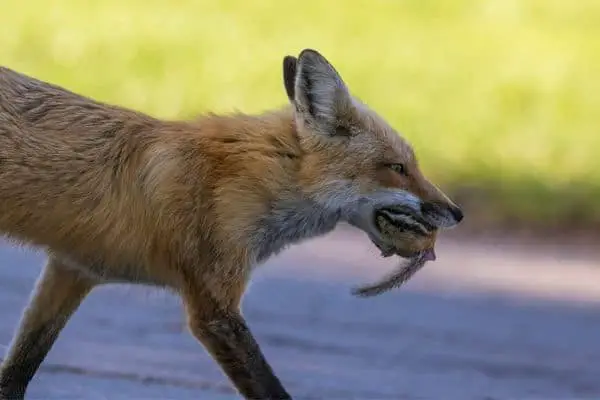
It’s also basically a large collection of different possible food chains that are connected under one food web. Naturally, this makes a food web much larger than a food chain.
What’s more, you will also discover that one organism is probably consumed by more than one predator in a food web.
Characteristics of a Food Web
The main characteristics of a food web are:
Types of Food Webs
There are different types of food webs depending on how they are constructed and what relationship the living organisms show within the particular ecosystem.
Classification of the types of food webs is entirely based on which part of the ecosystem is being examined.
1. Energy Flow Food Webs
They depict the relationship between different living organisms in an ecosystem by showing and quantifying the energy levels between them.
2. Fossil Food Webs
Because of changes over time in food relationships, scientists try to construct the relationship between different species based on past evidence from the fossil records in this type of food web.
It attempts to capture the evolutionary changes that a particular food web has undergone.
3. Functional Food Web
This type of food web shows how changes in one ecosystem can affect the rate of population growth in other ecosystems.
4. Interaction Food Web
Here, scientists use differently weighted arrows to show one species being eaten by others.
The arrows are either bolder, narrow, or even wider – showing the degree to which they are being consumed.
If the interaction between the different species is weak, then the arrows may be narrow or even not present.
5. Connectance Food Web
Just like in an Interaction Food Web above, scientists here also use arrows to show how one species is being consumed by others.
The only major difference is that the arrows are equally weighted because the degree of consumption of one species by another is not depicted.
Few Examples of the Food Web
Example 1 of a food web:
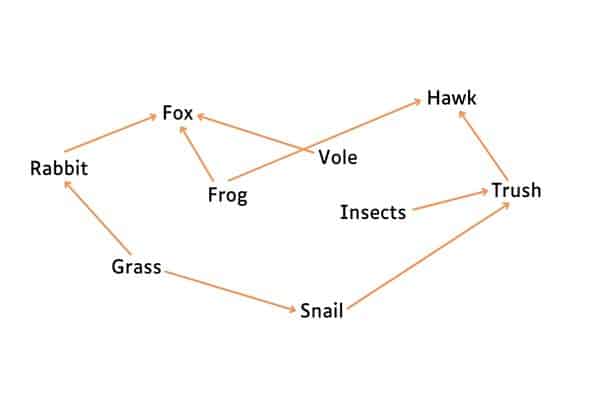
As you can see from the above example of a complex food web, the flow of energy does not only follow a singular simple line but also moves up and down and across.
Example 2 of a food web:
There are more efficient and accurate ways of showing feeding relationships. This is because most animals usually have more than one food source.
Let’s say a leopard feeds on a baboon and an impala;
The leopard can be placed in two different trophic levels:
- · Secondary consumer (feeding on impala)
- · Quaternary or the fourth level consumer (feeding on baboon)
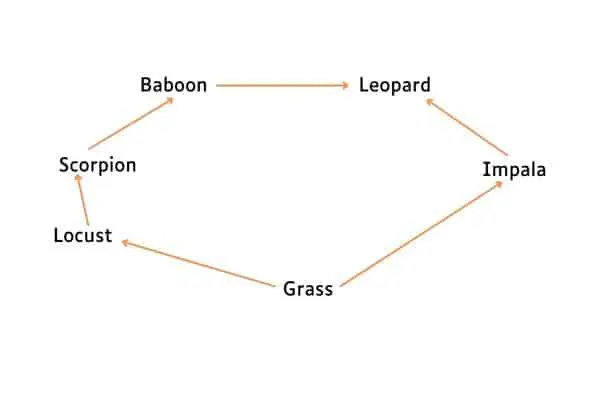
Food webs can be easily imbalanced if organisms belonging to one population die or maybe disappear. This may happen because of:
- Use of pesticides
- Pollution
- Overhunting
- Diseases
- Emigration
- Lack of food
The Importance of Food Webs
The main importance of food webs include:
- They help us understand that plants are the foundation of all food chains and all ecosystems. They help to sustain life by providing oxygen and nourishment needed for reproduction and also survival.
- A food web clearly helps you to know the different levels of consumers and producers. It identifies the importance of animal coexistence with each other and their sources of food.
- It helps us understand natural selection and shows the different hierarchy of species, with tertiary, omnivores, and carnivores clinching the top of all food chains.
- Food webs help us understand how a slight disruption caused by over-hunting, global warming, or even poaching may lead to scarcity of food which in turn can cause extinctions.
Frequently Asked Questions
What is a consumer in a food chain?
A consumer is an organism that eats other living organisms from different trophic levels in a food chain.
They are mostly heterotrophs while producers are autotrophs.
All consumers can’t create their own energy, hence, have to feed off producers and even other consumers from lower levels to survive.
Some great examples include all herbivores, carnivores, omnivores, and even detrivores.
What is a secondary consumer in a food chain?
A secondary consumer is an organism that feeds on primary consumers to acquire energy.
The secondary consumers normally have to source their food by preying on primary consumers because they cannot feed on the producers directly. Two good examples of secondary consumers are all carnivores and omnivores.
A good example of a carnivorous secondary consumer is a lion that hunts a deer to survive. A good example of an omnivorous secondary consumer is human beings and bears that eat both meat and plants to survive.
What are the similarities between the food chain and the food web?
Both food chains and food webs give a clear picture of “what eats what” in a particular ecosystem.
Again, both of them use lines to link unfamiliar species. Where species in one particular end is prey and the other one a predator. Also, a food web is just a compound form of many interconnected food chains.

